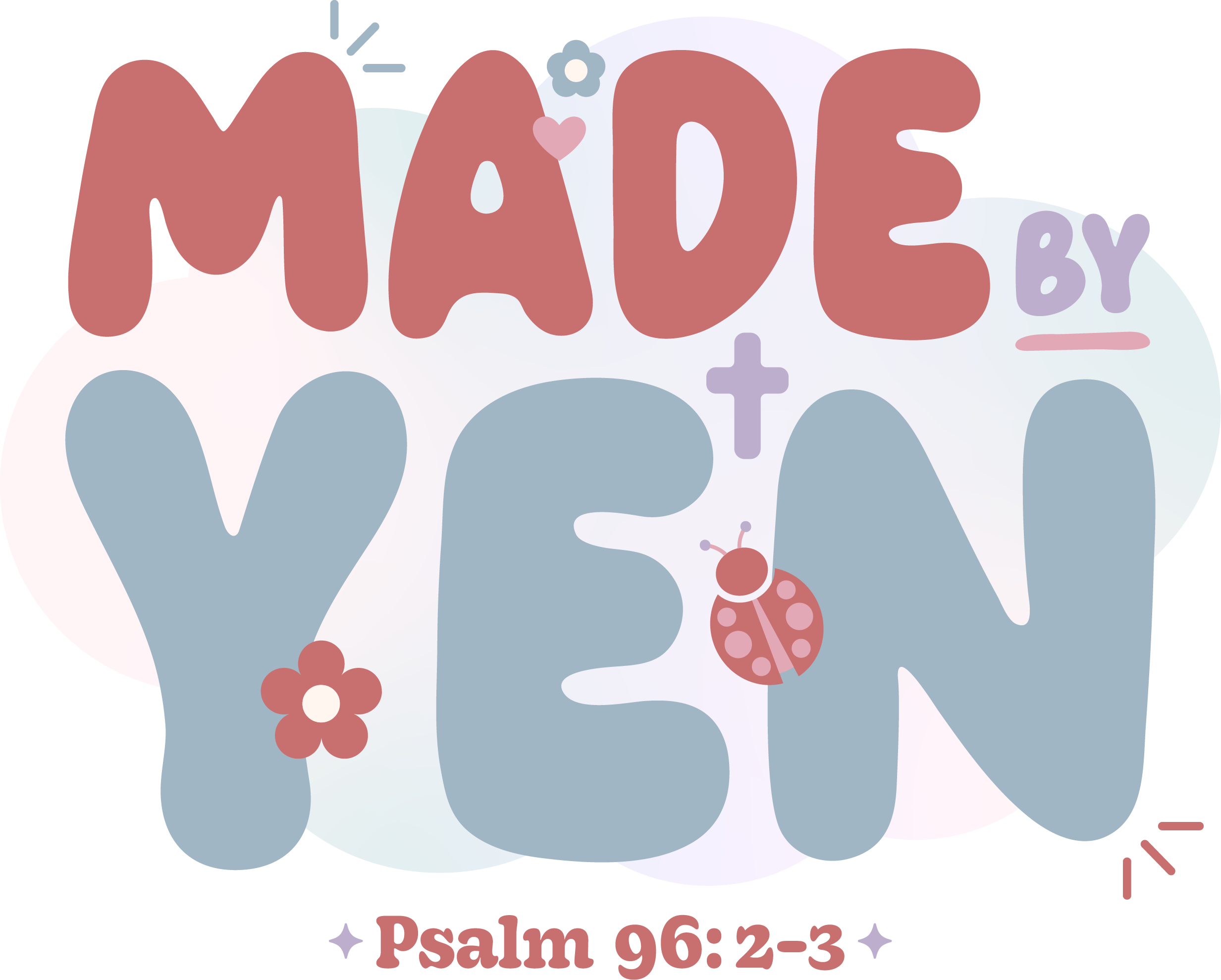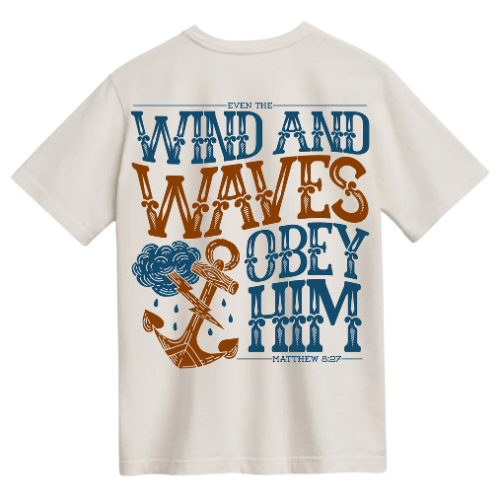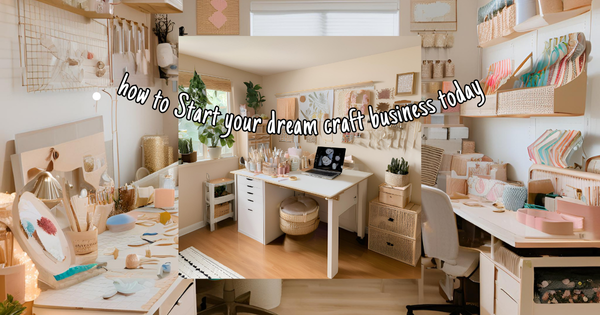Article: How to Start a T-Shirt Business from Start to Finish
How to Start a T-Shirt Business from Start to Finish
Starting a t-shirt business is a great way to break into the world of entrepreneurship. It’s relatively low cost, can be operated online or in person, and allows for a lot of creative freedom. If you're passionate about design, fashion, or just want to express yourself through apparel, this guide will walk you through the steps of launching your own t-shirt business from start to finish.
---
# 1. Find Your Niche
One of the most important steps in starting a t-shirt business is finding your niche. The market for t-shirts is crowded, so it's essential to stand out. A niche can be centered on a particular theme, audience, or even a specific style of shirt. Consider what you're passionate about and where you can fill a gap in the market.
- **Examples of niches**:
- Faith-based apparel (my favorite) -- Spread the Gospel ya'll :D
- Sports teams or fan gear
- Pop culture references
- Minimalistic designs
- Eco-friendly or sustainable clothing
Once you have identified your niche, it will inform your designs, branding, and marketing efforts.
# 2. Create Your Business Plan
A solid business plan is essential for any successful venture. It helps you set clear goals and anticipate potential challenges. Here are the key components of a t-shirt business plan:
- **Market Research**: Analyze your competitors and target audience. Who are your ideal customers? What are their preferences and needs?
- **Brand Identity**: Define your brand’s personality, tone, and message. Your brand should be consistent across your designs, website, and social media.
- **Revenue Model**: Decide how you will make money. Will you focus on direct sales through an eCommerce store, wholesale, or selling on marketplaces like Etsy or Amazon?
- **Financial Projections**: Estimate your startup costs, operating expenses, and revenue projections. Consider the costs of printing, shipping, website maintenance, and marketing.
#3. Design Your T-Shirts
Your designs are the heart of your business, so you need to be thoughtful and creative. You don’t have to be a graphic designer to create a great t-shirt. There are several options available:
- **DIY Design Tools**: If you're comfortable with design software, you can use programs like Adobe Illustrator, Photoshop, or Canva to create your designs.
- **Hire a Designer**: If you're not confident in your design skills, you can hire a freelance designer from platforms like Fiverr, Upwork, or 99designs.
- **Pre-made Design Templates**: For those with limited design experience, you can purchase pre-made templates and customize them with your branding and style.
Keep your target audience in mind when designing. Your designs should resonate with them and be something they'd be proud to wear.
#4. Choose Your Printing Method
There are several printing methods available for t-shirt production. Each has its pros and cons, depending on your budget, order size, and design complexity.
- **Screen Printing**: This is a traditional method and great for bulk orders. It’s cost-effective but less ideal for small orders or highly detailed designs.
- **Direct to Garment (DTG)**: This method is similar to printing on paper. It's perfect for small batches and allows for intricate designs. However, the cost per shirt is higher compared to bulk screen printing.
- **Heat Transfer Vinyl**: This method uses heat to transfer vinyl onto the shirt. It’s ideal for smaller batches and custom designs, but may not last as long as screen printing.
- **Print-on-Demand**: Companies like Printful or Printify will print and ship your shirts on demand, meaning you don’t have to hold inventory. The downside is that profit margins tend to be lower.
#5. Source Your Blanks
You need to source quality blank t-shirts for printing. The quality of your shirts can significantly impact your customer’s perception of your brand. Consider:
- **Material**: Cotton, polyester, and blends are common options. Organic and sustainable fabrics are also increasingly popular.
- **Fit and Style**: Decide if you want to offer unisex, women’s, or men’s styles. Look for quality and comfort.
- **Suppliers**: Check out popular suppliers like Bella+Canvas, Gildan, or Next Level Apparel for quality blanks. ( we love Jiffy.com )
Order samples to evaluate the fabric, fit, and print quality before committing to a supplier.
#6. **Set Up Your Online Store**
Once your designs are ready, it's time to sell. Setting up an online store is relatively easy these days with platforms like:
- **Shopify**: A popular eCommerce platform designed for selling physical products.
- **Etsy**: Great for handmade or unique products, with a built-in audience.
- **Amazon**: Expands your reach, but comes with more competition and fees.
- **Your Own Website**: Using platforms like WordPress or Wix, you can create a fully customized online store.
Your website should be visually appealing and user-friendly. Ensure that the checkout process is simple, and that you offer various payment and shipping options.
#7. **Branding and Marketing**
To stand out in the crowded t-shirt market, you'll need a strong brand and a solid marketing strategy. Your branding should be reflected in your logo, packaging, social media presence, and customer service.
- **Social Media**: Utilize platforms like Instagram, Facebook, and Pinterest to showcase your products. Share behind-the-scenes content, customer testimonials, and promotions to engage with your audience.
- **Email Marketing**: Build an email list to keep your customers updated on new designs, sales, and events.
- **SEO and Paid Ads**: Optimize your website for search engines and consider using Google Ads, Facebook Ads, or Instagram Ads to drive traffic to your store.
- **Influencers and Partnerships**: Collaborate with influencers who align with your brand’s values and aesthetic. This can help introduce your brand to a wider audience.
#8. **Handle Logistics and Fulfillment**
You’ll need to figure out how you’ll fulfill your orders. If you’re using a print-on-demand service, this will be handled for you. However, if you’re printing in bulk, you’ll need to store inventory and handle shipping. Consider partnering with a third-party logistics (3PL) company if managing inventory becomes overwhelming.
- **Shipping**: Offer multiple shipping options and make sure to be clear about delivery times. Fast and affordable shipping can improve customer satisfaction.
- **Inventory Management**: Keep track of your stock to avoid overselling or underselling. Many eCommerce platforms offer inventory management tools that can help automate this process.
#9. **Launch Your Business*Once everything is in place, it’s time to launch! Create buzz around your launch by building anticipation through your social media and email list. Offer a limited-time discount or free shipping for your first customers.
Remember, launching is just the beginning. Continue to iterate on your designs, improve your marketing, and listen to customer feedback to grow your t-shirt business over time.
Conclusion
Starting a t-shirt business may seem daunting, but by following these steps, you can break it down into manageable tasks. From finding your niche and creating designs to setting up an online store and marketing your brand, you’ll be well on your way to launching a successful t-shirt business. Stay consistent, be creative, and most importantly, enjoy the process!
Good luck besties! <3
---
# 1. Find Your Niche
One of the most important steps in starting a t-shirt business is finding your niche. The market for t-shirts is crowded, so it's essential to stand out. A niche can be centered on a particular theme, audience, or even a specific style of shirt. Consider what you're passionate about and where you can fill a gap in the market.
- **Examples of niches**:
- Faith-based apparel (my favorite) -- Spread the Gospel ya'll :D
- Sports teams or fan gear
- Pop culture references
- Minimalistic designs
- Eco-friendly or sustainable clothing
Once you have identified your niche, it will inform your designs, branding, and marketing efforts.
# 2. Create Your Business Plan
A solid business plan is essential for any successful venture. It helps you set clear goals and anticipate potential challenges. Here are the key components of a t-shirt business plan:
- **Market Research**: Analyze your competitors and target audience. Who are your ideal customers? What are their preferences and needs?
- **Brand Identity**: Define your brand’s personality, tone, and message. Your brand should be consistent across your designs, website, and social media.
- **Revenue Model**: Decide how you will make money. Will you focus on direct sales through an eCommerce store, wholesale, or selling on marketplaces like Etsy or Amazon?
- **Financial Projections**: Estimate your startup costs, operating expenses, and revenue projections. Consider the costs of printing, shipping, website maintenance, and marketing.
#3. Design Your T-Shirts
Your designs are the heart of your business, so you need to be thoughtful and creative. You don’t have to be a graphic designer to create a great t-shirt. There are several options available:
- **DIY Design Tools**: If you're comfortable with design software, you can use programs like Adobe Illustrator, Photoshop, or Canva to create your designs.
- **Hire a Designer**: If you're not confident in your design skills, you can hire a freelance designer from platforms like Fiverr, Upwork, or 99designs.
- **Pre-made Design Templates**: For those with limited design experience, you can purchase pre-made templates and customize them with your branding and style.
Keep your target audience in mind when designing. Your designs should resonate with them and be something they'd be proud to wear.
#4. Choose Your Printing Method
There are several printing methods available for t-shirt production. Each has its pros and cons, depending on your budget, order size, and design complexity.
- **Screen Printing**: This is a traditional method and great for bulk orders. It’s cost-effective but less ideal for small orders or highly detailed designs.
- **Direct to Garment (DTG)**: This method is similar to printing on paper. It's perfect for small batches and allows for intricate designs. However, the cost per shirt is higher compared to bulk screen printing.
- **Heat Transfer Vinyl**: This method uses heat to transfer vinyl onto the shirt. It’s ideal for smaller batches and custom designs, but may not last as long as screen printing.
- **Print-on-Demand**: Companies like Printful or Printify will print and ship your shirts on demand, meaning you don’t have to hold inventory. The downside is that profit margins tend to be lower.
#5. Source Your Blanks
You need to source quality blank t-shirts for printing. The quality of your shirts can significantly impact your customer’s perception of your brand. Consider:
- **Material**: Cotton, polyester, and blends are common options. Organic and sustainable fabrics are also increasingly popular.
- **Fit and Style**: Decide if you want to offer unisex, women’s, or men’s styles. Look for quality and comfort.
- **Suppliers**: Check out popular suppliers like Bella+Canvas, Gildan, or Next Level Apparel for quality blanks. ( we love Jiffy.com )
Order samples to evaluate the fabric, fit, and print quality before committing to a supplier.
#6. **Set Up Your Online Store**
Once your designs are ready, it's time to sell. Setting up an online store is relatively easy these days with platforms like:
- **Shopify**: A popular eCommerce platform designed for selling physical products.
- **Etsy**: Great for handmade or unique products, with a built-in audience.
- **Amazon**: Expands your reach, but comes with more competition and fees.
- **Your Own Website**: Using platforms like WordPress or Wix, you can create a fully customized online store.
Your website should be visually appealing and user-friendly. Ensure that the checkout process is simple, and that you offer various payment and shipping options.
#7. **Branding and Marketing**
To stand out in the crowded t-shirt market, you'll need a strong brand and a solid marketing strategy. Your branding should be reflected in your logo, packaging, social media presence, and customer service.
- **Social Media**: Utilize platforms like Instagram, Facebook, and Pinterest to showcase your products. Share behind-the-scenes content, customer testimonials, and promotions to engage with your audience.
- **Email Marketing**: Build an email list to keep your customers updated on new designs, sales, and events.
- **SEO and Paid Ads**: Optimize your website for search engines and consider using Google Ads, Facebook Ads, or Instagram Ads to drive traffic to your store.
- **Influencers and Partnerships**: Collaborate with influencers who align with your brand’s values and aesthetic. This can help introduce your brand to a wider audience.
#8. **Handle Logistics and Fulfillment**
You’ll need to figure out how you’ll fulfill your orders. If you’re using a print-on-demand service, this will be handled for you. However, if you’re printing in bulk, you’ll need to store inventory and handle shipping. Consider partnering with a third-party logistics (3PL) company if managing inventory becomes overwhelming.
- **Shipping**: Offer multiple shipping options and make sure to be clear about delivery times. Fast and affordable shipping can improve customer satisfaction.
- **Inventory Management**: Keep track of your stock to avoid overselling or underselling. Many eCommerce platforms offer inventory management tools that can help automate this process.
#9. **Launch Your Business*Once everything is in place, it’s time to launch! Create buzz around your launch by building anticipation through your social media and email list. Offer a limited-time discount or free shipping for your first customers.
Remember, launching is just the beginning. Continue to iterate on your designs, improve your marketing, and listen to customer feedback to grow your t-shirt business over time.
Conclusion
Starting a t-shirt business may seem daunting, but by following these steps, you can break it down into manageable tasks. From finding your niche and creating designs to setting up an online store and marketing your brand, you’ll be well on your way to launching a successful t-shirt business. Stay consistent, be creative, and most importantly, enjoy the process!
Good luck besties! <3






Leave a comment
This site is protected by hCaptcha and the hCaptcha Privacy Policy and Terms of Service apply.